Introduction
Join us on a magnificent journey as we explore the list of ISRO space centers in India. These facilities, which launch satellites and undertake critical research, illustrate India’s capacity for space exploration.
ISRO Space Centers in India: An Overview
ISRO – Indian Space Research Organisation is the national space agency of India. It serves as the major research and development arm of the Department of Space (DoS). ISRO is largely responsible for carrying out duties connected to space-based operations and space exploration.
This article will introduce you to numerous Space Research Centers in India, their locations, and some key points about these centers.
Vikram Sarabhai Space Centre (VSSC)
Nestled in Thiruvananthapuram, VSSC serves as the lead space center of ISRO responsible for the design and development of launch vehicle technology.
The major programmes at VSSC include Polar Satellite Launch Vehicle (PSLV), Geosynchronous Satellite Launch Vehicle (GSLV) and Rohini Sounding Rockets as well as the development of Geosynchronous Satellite Launch Vehicle (GSLV) Mk Ill, Reusable Launch Vehicles, advanced technology vehicles, air-breathing propulsion and critical technologies towards human spaceflight.
U R Rao Satellite Centre (URSC)
Located in Bengaluru, URSC formerly known as ISRO Satellite Centre (ISAC) is the heartbeat of satellite development for ISRO. These spacecrafts are used for providing applications to various users in the area of Communication, Navigation, Meteorology, Remote Sensing, Space Science and interplanetary explorations.
URSC is housed with the state-of-the-art facilities for building satellites on end-to-end basis. ISRO Satellite Integration and Test Establishment (ISITE) is equipped with state-of-the-art clean room facilities for spacecraft integration and test facilities including a 6.5 Metre thermo vacuum chamber, 29 Ton vibration facility, Compact Antenna Test Facility and acoustic test facility under one roof. Assembly, Integration and Testing of all Communication and Navigation Spacecraft is carried out at ISITE.
Satish Dhawan Space Centre (SDSC)
Situated on Sriharikota Island, SDSC is the launch pad for ISRO’s ambitions. Explore the vast expanses of Sriharikota and the engineering marvels that make SDSC the launch site for numerous Indian space missions.
The Centre has two launch pads from where the rocket launching operations of PSLV and GSLV are carried out and has a separate launch pad for launching sounding rockets. The center also provides the necessary launch base infrastructure for sounding rockets of ISRO and for assembly, integration and launch of sounding rockets and payloads.
Laboratory for Electro-Optics Systems (LEOS)
Laboratory for Electro-Optics Systems (LEOS) is situated at Peenya Industrial Estate, Bengaluru where first India satellite was fabricated in 1975.
LEOS, one of the vital units of ISRO, deals with the design, development and production of Attitude Sensors for all LEO, GEO and interplanetary mission; develops and delivers Optical Systems for remote sensing and meteorological payloads.
Also read – Top 5 Private Space Companies in India
Liquid Propulsion Systems Centre (LPSC)
As the name suggests, LPSC, with facilities in Valiamala and Bengaluru, focuses on liquid propulsion technologies. Delve into the science behind liquid propulsion and its vital role in powering ISRO’s Launch Vehicles.
Space Applications Centre (SAC)
Space Applications Centre (SAC) at Ahmedabad having multi-disciplinary activities. The core competence of the Centre lies in development of space borne and air borne instruments / payloads and their applications for national development and societal benefits.
This centre also designs and develops the optical and microwave sensors for the satellites, signal and image processing software, GIS software and many applications for Earth Observation (EO) programme of ISRO. These applications are in diverse areas of Geosciences, Agriculture, Environment and Climate Change, Physical Oceanography, Biological Oceanography, Atmosphere, Cryosphere, Hydrosphere, etc.
National Remote Sensing Centre (NRSC)
National Remote Sensing Centre (NRSC) at Hyderabad is responsible for remote sensing satellite data acquisition and processing, data dissemination, aerial remote sensing and decision support for disaster management. NRSC has a data reception station at Shadnagar near Hyderabad for acquiring data from Indian remote sensing satellites as well as others.
Master Control Facility (MCF)
Master Control Facility (MCF) at Hassan in Karnataka and Bhopal in Madhya Pradesh monitors and controls all the geo-stationary satellites of ISRO. MCF carries out operations related to initial orbit raising of satellites, in-orbit payload testing, and on-orbit operations throughout the life of these satellites. The operations involve continuous tracking, telemetry and commanding, special operations like eclipse management, station-keeping manoeuvres and recovery in case of contingencies.
Also read – List of Moon Landed Countries
ISRO Telemetry, Tracking and Command Network (ISTRAC)
ISRO Telemetry, Tracking and Command Network (ISTRAC), Bengaluru is entrusted with the major responsibility to provide tracking support for all the satellite and launch vehicle missions of ISRO. The major objectives of the centre are: carrying out mission operations of all operational remote sensing and scientific satellites, providing Telemetry, Tracking and Command (TTC) services from launch vehicle lift-off till injection of satellite into orbit and to estimate its preliminary orbit in space and hardware and software developmental activities that enhance the capabilities of ISTRAC for providing flawless TTC and Mission Operations services.
Towards, these objectives, ISTRAC has established a network of ground stations at Bengaluru, Lucknow, Mauritius, Sriharikota, Port Blair, Thiruvananthapuram, Brunei, Biak (Indonesia) and the Deep Space Network Stations.
ISRO Propulsion Complex (IPRC)
ISRO Propulsion Complex (IPRC), Mahendragiri is equipped with the state-of-the-art facilities necessary for realising the cutting edge propulsion technology products for the Indian space programme.
The activities carried out at IPRC, Mahendragiri are: assembly, integration and testing of earth storable propellant engines, cryogenic engines and stages for launch vehicles; high altitude testing of upper stage engines and spacecraft thrusters as well as testing of its sub systems; production and supply of cryogenic propellants for Indian cryogenic rocket programme, etc.
ISRO Inertial Systems Unit (IISU)
ISRO Inertial Systems Unit (IISU), Thiruvananthapuram is responsible for the design and development of Inertial Systems for Launch Vehicles and Spacecraft programmes of ISRO. Major systems like Inertial Navigation Systems based on mechanical gyros and optical gyros, Attitude Reference Systems, Rate Gyro Packages and Accelerometer Packages are developed indigenously and used in various missions of ISRO. IISU also designs and develops Actuators and Mechanisms for spacecraft and allied applications.
Indian Institute of Remote Sensing (IIRS)
Indian Institute of Remote Sensing (IIRS) at Dehradun is a premier institute with the objective of capacity building in Remote Sensing and Geo-informatics and their applications through education and training programmes at postgraduate level. The Institute also hosts and provides support to the Centre for Space Science and Technology Education in Asia and the Pacific (CSSTE-AP), affiliated to the United Nations.
Human Space Flight Centre (HSFC)
Located in Bengaluru, HSFC is responsible for implementation of GAGANYAAN Project which involves end-to-end mission planning, development of Engineering systems for crew survival in space, crew selection & training and pursue activities for sustained human space flight missions. HSFC will take support of the existing ISRO Centers to implement, the first development flight of GAGANYAAN under Human Space Flight Programme.
Also read – Top 15 Space Agencies in the World for 2024
ISRO’s Extraordinary Achievements
ISRO space Centers in India have orchestrated numerous historic missions, showcasing India’s competence in space exploration. Let’s revisit some of the crowning achievements.
Mangalyaan Mission
Mars Orbiter Mission (MOM), India’s first interplanetary mission to planet Mars and ISRO has become the fourth space agency to successfully send a spacecraft to Mars orbit.
The objectives of this mission are primarily technological and include design, realisation and launch of a Mars Orbiter spacecraft capable of operating with sufficient autonomy during the journey phase; Mars orbit insertion / capture and in-orbit phase around Mars.
Chandrayaan Missions
Explore the lunar landscapes through the eyes of Chandrayaan-1 and Chandrayaan-2, shedding light on India’s strides in lunar exploration. Chandrayaan-3 is a follow-on mission to Chandrayaan-2 to demonstrated end-to-end capability in safe landing and roving on the lunar surface.
Aditya-L1 Mission
Aditya in Sanskrit means the Sun. L1 here refers to Lagrange Point 1 of the Sun-Earth system. Aditya-L1 mission explore the sun’s mysteries, aimed at studying the sun and its impact on Earth’s climate and environment.
ISRO’s Vision for the Future
ISRO’s journey doesn’t end with past glories; it’s a continuous odyssey toward greater accomplishments. Witness the ambitious vision and upcoming projects that ISRO has set its sights on.
Gaganyaan Mission
Step into the future as we discuss ISRO’s mission to send Indian astronauts into space, a milestone that will redefine India’s position in human spaceflight.
Gaganyaan project envisages demonstration of human spaceflight capability by launching crew of 3 members to an orbit of 400 km for a 3 days mission and bring them back safely to earth, by landing in Indian sea waters.
NASA-ISRO SAR (NISAR) Satellite
NASA-ISRO SAR (NISAR) is a Low Earth Orbit (LEO) observatory being jointly developed by NASA and ISRO. NISAR will map the entire globe in 12 days and provide spatially and temporally consistent data for understanding changes in Earth’s ecosystems, ice mass, vegetation biomass, sea level rise, ground water and natural hazards including earthquakes, tsunamis, volcanoes and landslides.
Bharatiya Antariksh Station by 2035
ISRO is working towards setting up India’s first space station, Bharatiya Antariksh Station, by 2035. The station will be assembled in a phased manner and a prospective roadmap is being created for the realisation of different modules and their launches.
Indian astronauts to the Moon by 2040
The Indian Space Research Organisation (ISRO) is planning to send Indian astronauts to the moon for the first time by 2040, its chairman S Somanath said in an article.
Conclusion
In finishing our tour of ISRO space centers in India, we see a country that has not only touched the skies but also left an everlasting stamp on the universe. ISRO’s unflinching dedication to space exploration ensures that India’s trek to the stars is far from over.
Frequently Asked Questions
How many space centers does ISRO have in India?
ISRO operates with 13 space centers across India, including VSSC, LPSC, SDSC, URSC, SAC, NRSC, HSFC, IPRC, IISU, ISTRAC, MCF, LEOS and IIRS, each with a unique focus on space exploration.
- Can I visit ISRO space centers?
While some centers allow limited public access, stringent security measures restrict entry to certain areas. Check individual centre policies for visitor information. - Who was founder of ISRO or father of Indian space program?
Vikram Sarabhai was the founder ISRO and father of Indian space program . ISRO was formed on August 15, 1969. - How many space missions has ISRO done?
ISRO has carried out 125 spacecraft missions, 92 launch missions and planned several missions in future. - Who is current chairman of ISRO?
Shri S. Somanath (Full Name – Sreedhara Panicker Somanath) is the present chairman of ISRO. He assumed the charge of Secretary, Department of Space and Chairman, Space Commission on 14 January 2022. - Where is the headquarter of ISRO?
The ISRO headquarters is at Antariksh Bhavan, New BEL Road, Bengaluru, Karnataka, India- 560231. - Which is the first ISRO space mission?
Aryabhata.
The Aryabhata spacecraft, named after the famous Indian astronomer, was India’s first satellite; it was completely designed and fabricated in India and launched by a Soviet Kosmos-3M rocket from Kapustin Yar on April 19, 1975.
Having any queries? – Do reach us at info@scivoyage.com

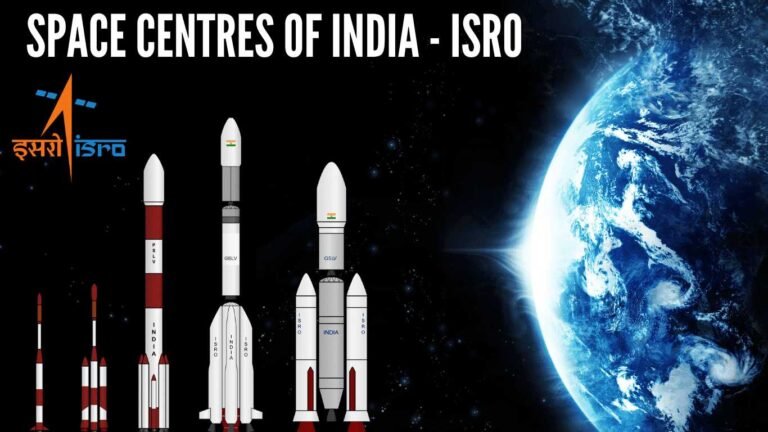
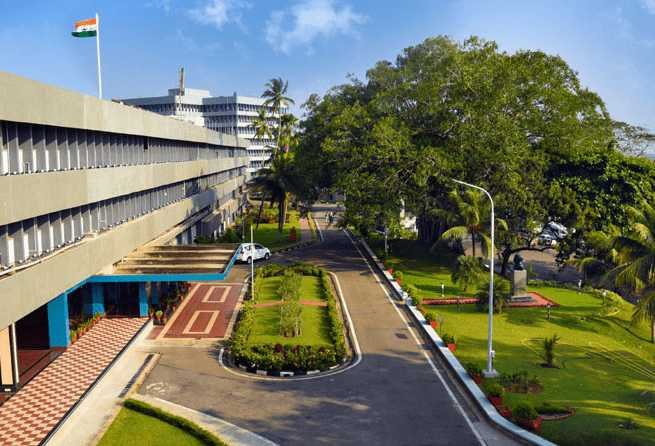

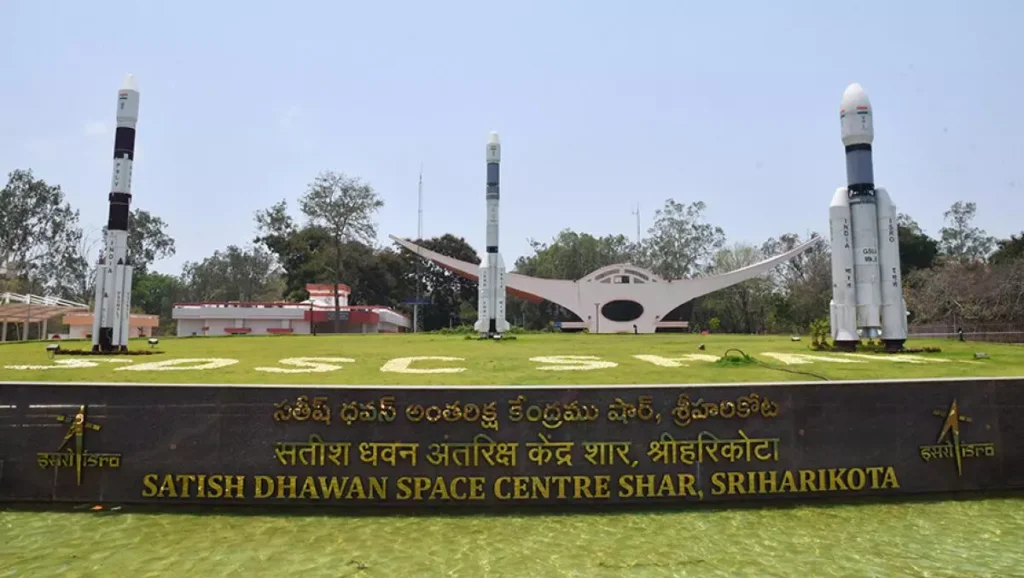
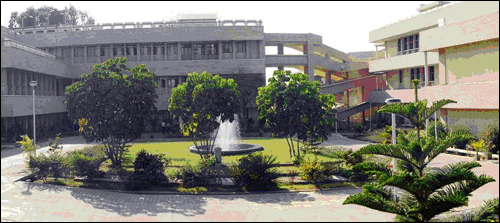
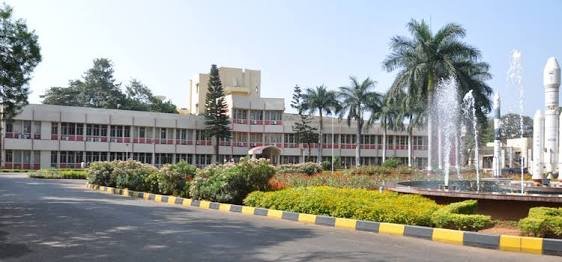
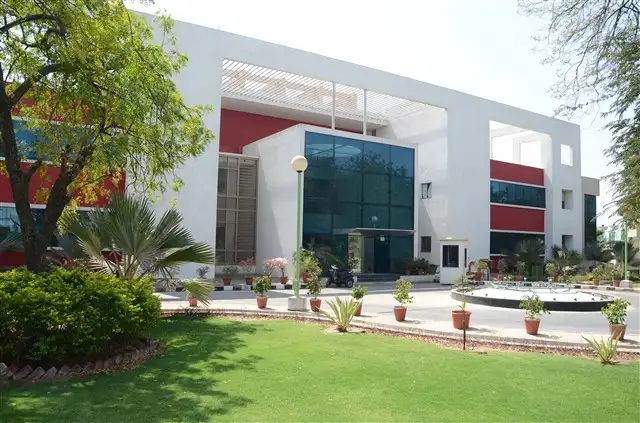
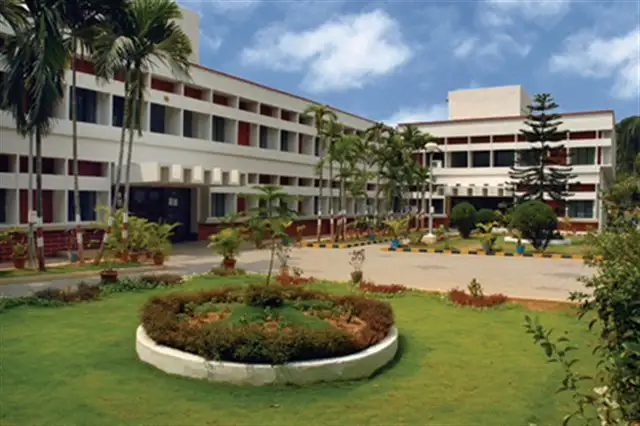
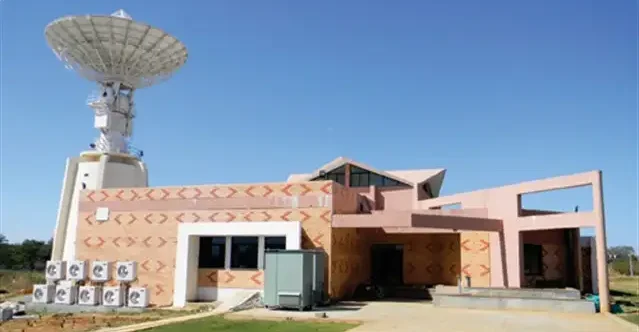
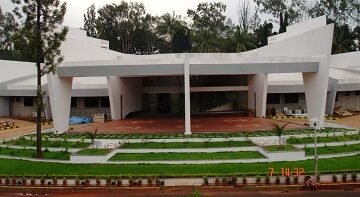

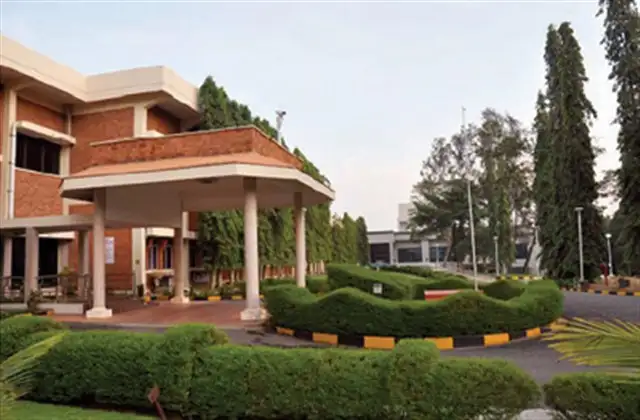
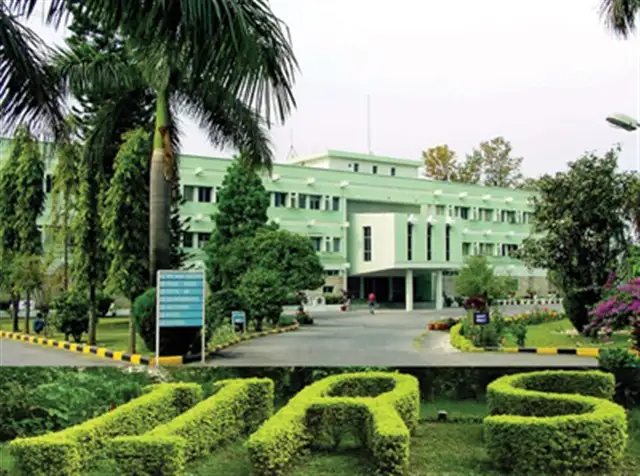
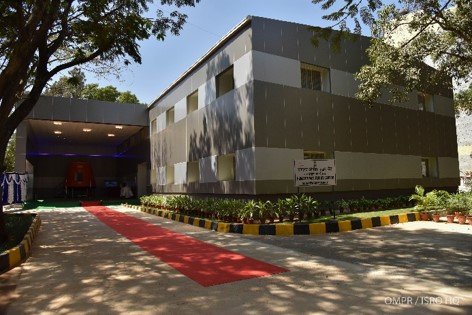
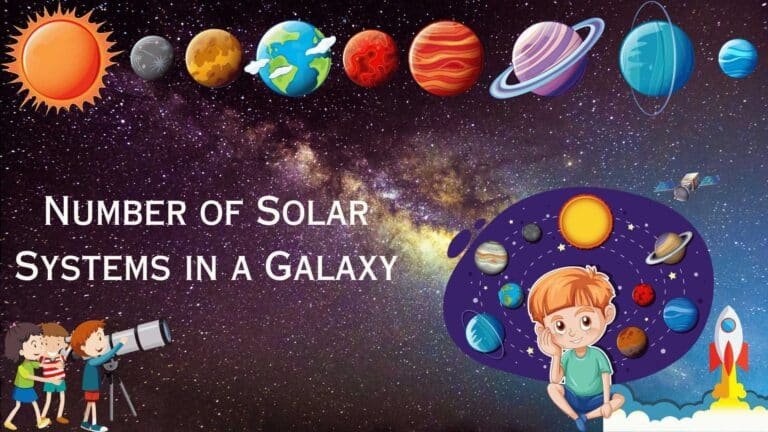
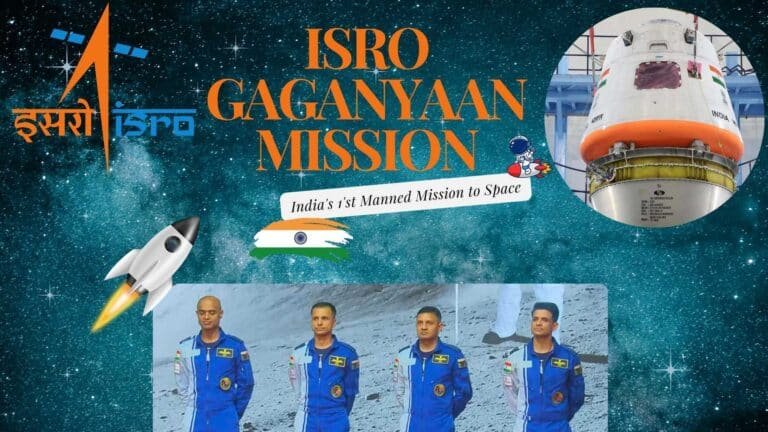
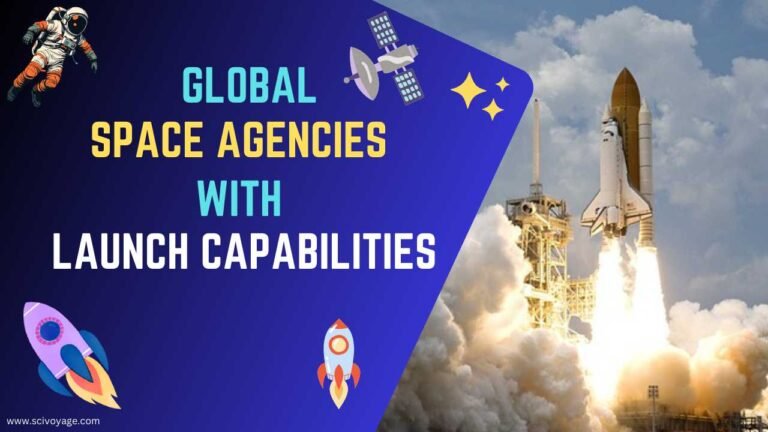

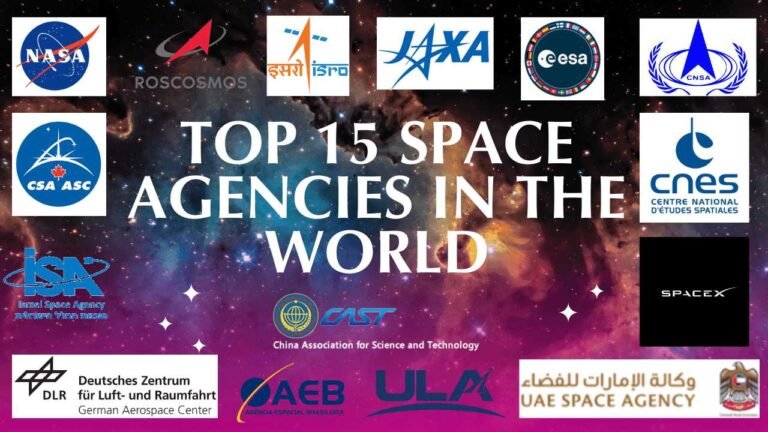

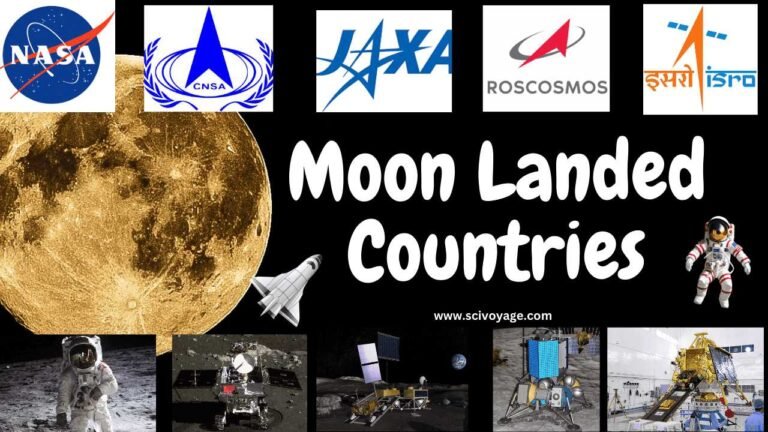
11 thoughts on “List of ISRO Space Centers in India”
Your article helped me a lot, is there any more related content? Thanks!
Thanks for sharing. I read many of your blog posts, cool, your blog is very good.
I don’t think the title of your article matches the content lol. Just kidding, mainly because I had some doubts after reading the article.
Your article helped me a lot, is there any more related content? Thanks! https://accounts.binance.com/id/register?ref=GJY4VW8W
Your point of view caught my eye and was very interesting. Thanks. I have a question for you.
Thank you for your sharing. I am worried that I lack creative ideas. It is your article that makes me full of hope. Thank you. But, I have a question, can you help me?
Thanks for sharing. I read many of your blog posts, cool, your blog is very good.
I don’t think the title of your article matches the content lol. Just kidding, mainly because I had some doubts after reading the article.
Your article helped me a lot, is there any more related content? Thanks!
Your article helped me a lot, is there any more related content? Thanks!
Thanks for sharing. I read many of your blog posts, cool, your blog is very good. https://accounts.binance.com/sl/register?ref=OMM3XK51